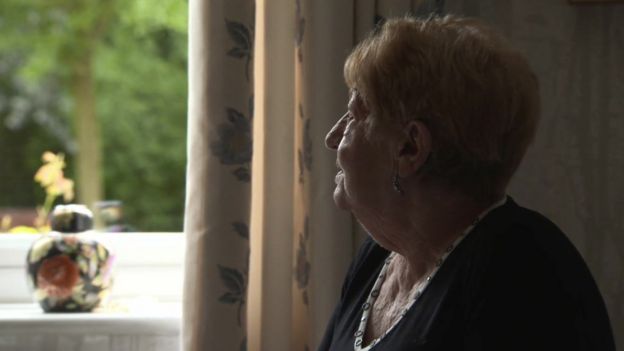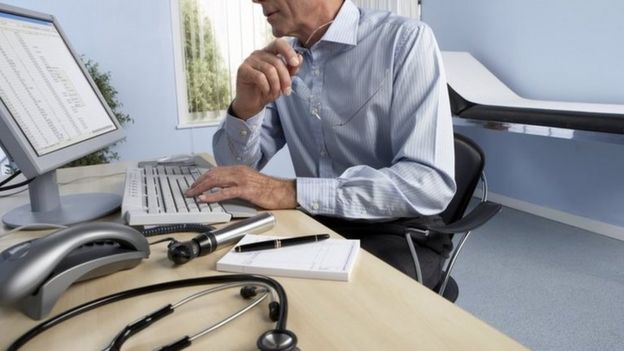There are many reasons why we tend to slow down and become more sedentary with age. It may be due to health problems, weight or pain issues, or worries about falling. Or perhaps you think that exercising simply isn’t for you.
But as you grow older, an active lifestyle becomes more important than ever to your health. Getting moving can help boost your energy, maintain your independence, protect your heart, and manage symptoms of illness or pain as well as your weight. And regular exercise is also good for your mind, mood, and memory. No matter your age or your current physical condition, these tips can show you simple, enjoyable ways to become more active and improve your health and outlook.
A recent Swedish study found that physical activity was the number one contributor to longevity, adding extra years to your life—even if you don’t start exercising until your senior years. But getting active is not just about adding years to your life, it’s about adding life to your years. You’ll not only look better when you exercise, you’ll feel sharper, more energetic, and experience a greater sense of well-being.
Remaining active throughout life is a vital part of ageing well. All types of physical activity – from walking and gardening, to dedicated exercise classes – can improve mobility, protect against ill-health, enhance mental well-being and lower the risk of cognitive decline, as well as keep individuals more independent for longer.
The Five Year Forward View, a roadmap outlining how the NHS can remain sustainable while still providing for an ageing population, highlighted the need to encourage healthy lifestyles in people of all ages, to prevent the development of lifestyle related non-communicable diseases. Ensuring older people have opportunities and the motivation to be active is therefore paramount to securing the future of the NHS.
Local authorities, health practitioners and fitness operators all have a role to play in supporting people to be active well into old age: from broad measures ensuring the local community is easily accessible by foot, to providing specifically targeted activity opportunities for older people in collaboration with the physical activity sector.
Active ageing is the process of optimising opportunities for health, participation and security in order to enhance quality of life as people age. It applies to both individuals and population groups.
Active ageing allows people to realise their potential for physical, social, and mental well-being throughout the life course and to participate in society, while providing them with adequate protection, security and care when they need.
The word “active” refers to continuing participation in social, economic, cultural, spiritual and civic affairs, not just the ability to be physically active or to participate in the labour force. Older people who retire from work, ill or live with disabilities can remain active contributors to their families, peers, communities and nations. Active ageing aims to extend healthy life expectancy and quality of life for all people as they age.
“Health” refers to physical, mental and social well being as expressed in the WHO definition of health. Maintaining autonomy and independence for the older people is a key goal in the policy framework for active ageing.
Ageing takes place within the context of friends, work associates, neighbours and family members. This is why interdependence as well as intergenerational solidarity are important tenets of active ageing.
Apart from numerous parks, open spaces and access to Leisure Centres, the West Midlands region offers specific areas of activities targeted at older people such as Mature swimming lessons, Fitness sessions, Age Concern Tai Chi, 50+ activities, bowling , yoga and more.
We have recently teamed up with Wolves Community Trust to bring the fantastic sport of walking football to people in and around Wolverhampton. The aim of walking football is to help older people, or those with limited mobility, remain active and fit, while still pursuing their love for the beautiful game in a fun and sociable environment.
“In the UK around 22% of men die before the age of 65, compared to 13% of women. Although physically active men have a 20 – 30% reduced risk of premature death and 50% less chronic disease, by the age of 55-64 only 32% of men say they take the recommended half hour of exercise five times a week. “
The new sporting craze of ‘Walking Football’ may enable people to continue playing football into their 60s and 70s while reaping a multitude of health benefits, according to Aston University researchers. Walking Football has recently taken the country by storm, becoming one of the fastest growing sports nationwide.
Tips for staying motivated
It’s easy to become discouraged when illness, injury, or changes in the weather interrupt your routine and seem to set you back to square one. But there are ways to stay motivated when life’s challenges get in the way:
Focus on short-term goals, such as improving your mood and energy levels and reducing stress, rather than goals such as weight loss, which can take longer to achieve.
Reward yourself when you successfully complete a workout, reach a new fitness goal, or simply show up on a day when you were tempted to ditch your activity plans. Choose something you look forward to, but don’t allow yourself to do until after exercising, such as having a hot bath or a favorite cup of coffee.
Keep a log. Writing down your activities in an exercise journal not only holds you accountable, but is also a reminder of your accomplishments.
Get support. When you work out with a friend or family member, you can encourage and motivate each other.






